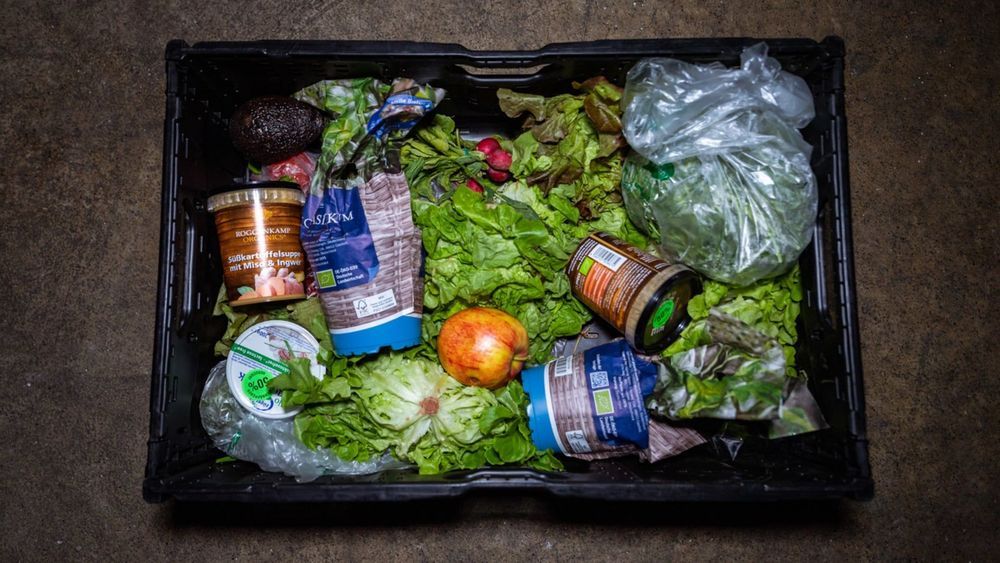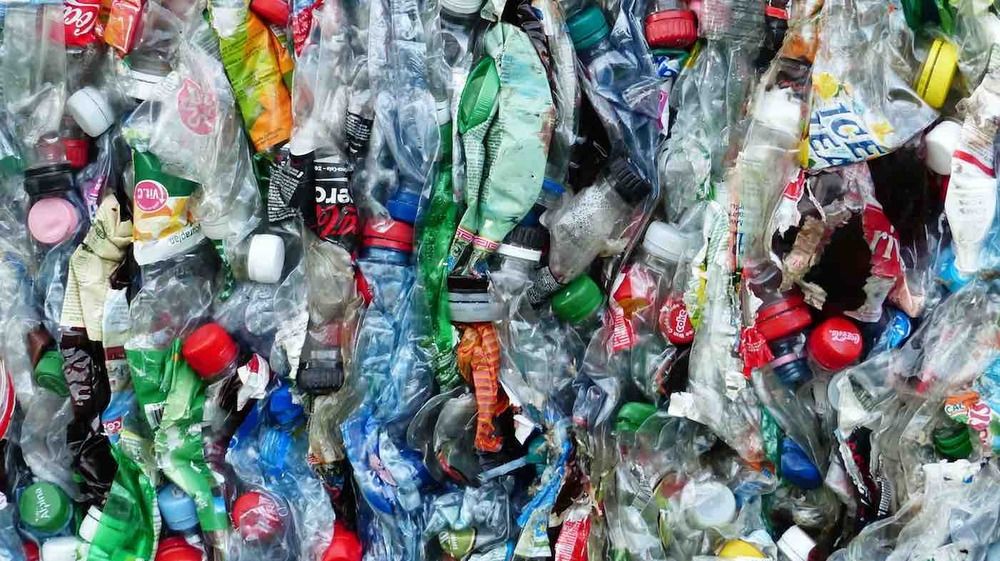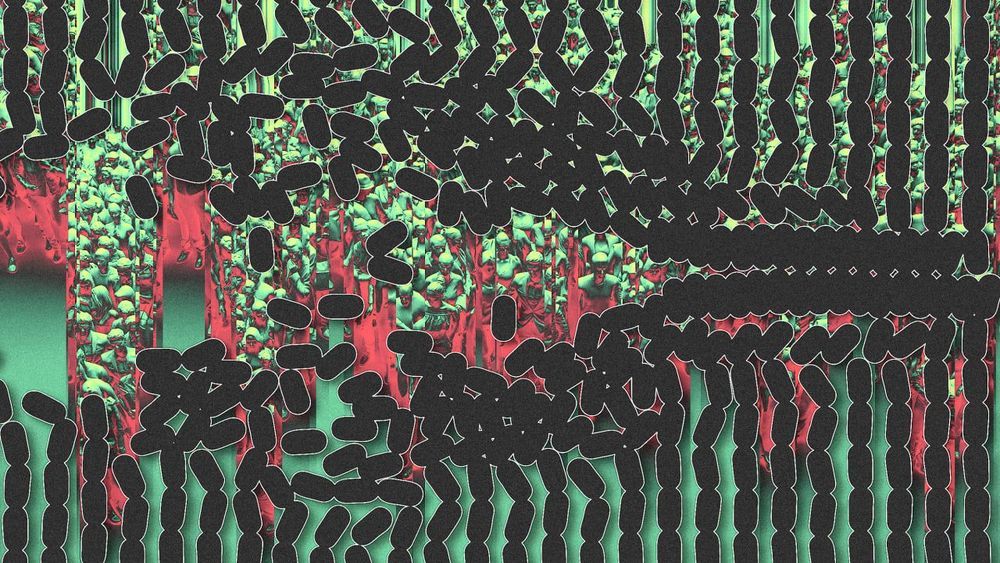* Unsecured home security cameras hijacked * Stolen images circulate on Discord * Everyone needs to take IoT security more seriously.
In Singapore it’s not at all uncommon today for people to have IP cameras all over their homes.
And, of course, the more people who installed internet-connected cameras throughout their private residences the more you would be considered odd if you hadn’t jumped on the bandwagon, and put cameras in your living room, kitchen, bedroom, sometimes even with a view of even more private areas of your house.








